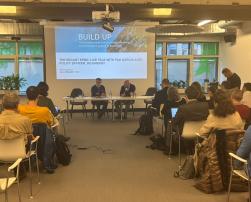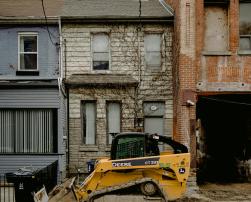
Residenza I Girasoli in Castenaso, Italy, features energy-efficient, well-insulated buildings with modern HVAC systems, renewable energy sources, and smart technologies, aiming for Plus Energy status while offering limited user customisation.
Case study








